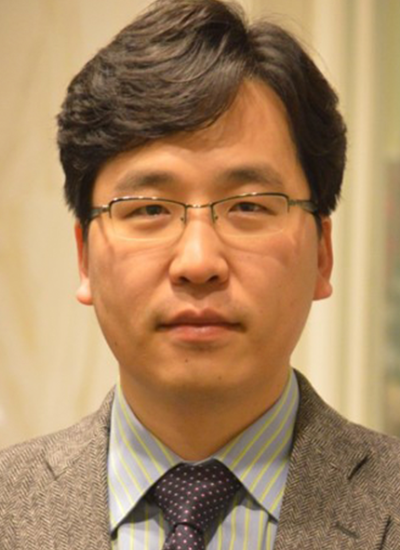Kim, D., Novak, M. T., Wilkins, J., Kim, M., Sawyer, A., & Reichert, W. M. (2007). Response of monocytes exposed to phagocytosable particles and discs of comparable surface roughness. Biomaterials, 28(29), 4231-9.
This in vitro study characterized the temporal cytokine expression profile from human monocytes exposed to phagocytosable Ti particles (0.78+/-0.12 microm) and to Ti discs of comparable surface roughness. Human THP-1 monocytes were cultured in six well tissue culture polystyrene (TCPS) plates. Each well was either bare, contained Ti particles (the particles were clearly engulfed by the monocytes), or contained a Ti disc. Half of the wells were treated with 1 microg/mL lipopolysaccharide (LPS), while the other half were left unstimulated. Unstimulated and LPS-stimulated cells in bare wells were the negative and positive controls, respectively. Supernatant was sampled from each well at 1, 6, 24, 48, and 72 h and assayed for the expression of nine different cytokines using a Luminex system. Three cytokines (IL-1beta, GM-CSF and IL-13) gave little to no response under all conditions, while six cytokines (TNF-alpha, IL-6, MIP-1alpha, MCP-1, VEGF, and IL-1ra) were clearly detectable. Expression levels generally increased with culture time, particle concentration, and LPS stimulation. Most significantly, it was found that cells treated by Ti discs produced in many instances a higher cytokine expression than did particles.
Kim, M., Wang, C., Benedetti, F., Rabbi, M., Bennett, V., & Marszalek, P. E. (2011). Nanomechanics of Streptavidin Hubs for Molecular Materials. ADVANCED MATERIALS, 23(47), 5684-+.
Kim, M., Chen, W. G., Souza, B. S., & Olsen, B. D. (2017). Selective Biomolecular Separation System Inspired by the Nuclear Pore Complex and Nuclear Transport. Molecular Systems Design & Engineering, 2, 149-158. doi:10.1039/C7ME00006E


